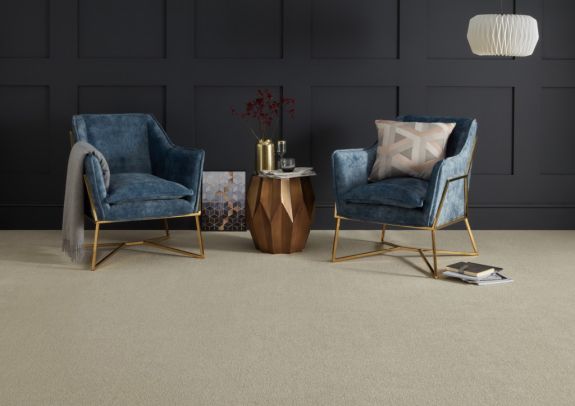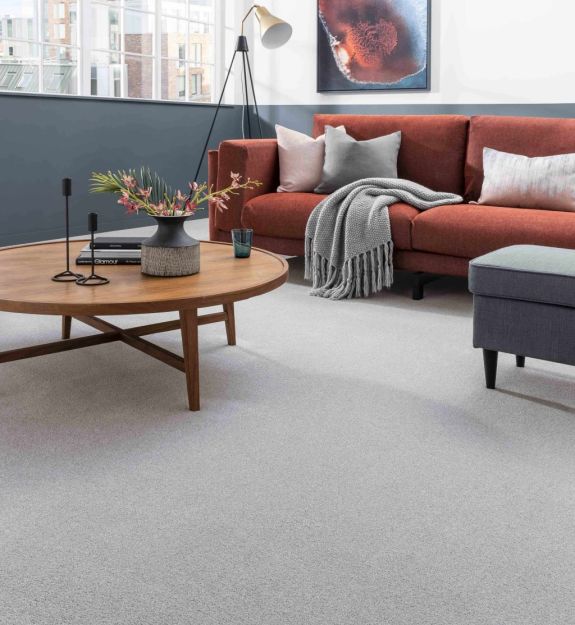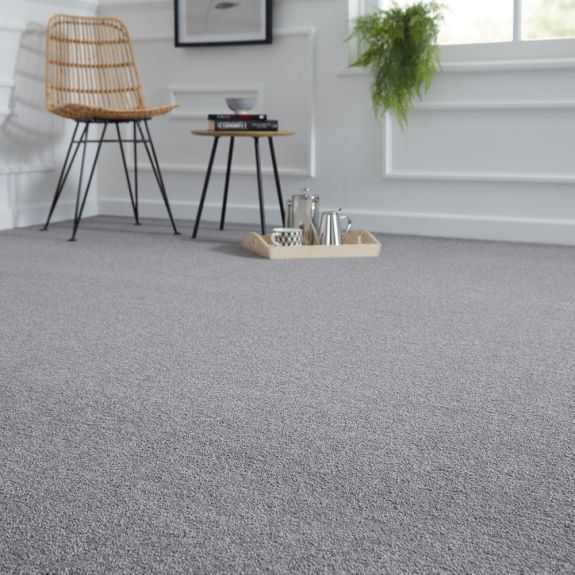6 steps to removing laminate flooring
1. Remove the skirting boards
Use the hammer to lightly tap on top of your chisel to wedge it between the board and wall. Then, lever the chisel to prise it away from the wall. Carefully pick out any nails left with the claw of your hammer and ensure you label the position of the skirting boards for use again later.
2. Prepare the floor
Now remove any transition strips. You’ll find these plastic or metal pieces on the thresholds between rooms. Remove them using a crowbar to lever it from the floor, or unscrew any screws holding them in place. These should not be re-used.
3. Lift the laminate boards
Slide the “J” end of the flat bar into the gap between the first row of boards and the wall, or the access space revealed by the transition strip. You should be able to lever the board up by about 45 degrees. Gently manoeuvre it back and forth until it separates from the next board.
If you’re working with an older floor, this is the point at which you may find there is a glue seal between boards in which case you’ll need to apply more force.
- Tapi Top Tip – If you would like to re-use the laminate, avoid using your flat bar or chisel to move the rest of the boards apart – they can both leave noticeable marks causing damage to the fragile locking mechanism. They should only really be used for getting the initial piece up.
4. Remove the remaining planks
Once you’ve completed the first row, turn back and repeat the steps until you’ve removed all of the boards. You’ll find that the process becomes easier as more boards are removed, and you get used to the motion and where the board bends to unclick. Moving carefully and slowly will benefit you if you are hoping to reuse the boards, so don’t rush to finish.
- Tapi Top Tip: The locking mechanisms of laminate boards are often made from medium density fibreboard, so work carefully with each piece if you’d like to reuse it, as this material breaks easily.
5. Remove the underlay
Once all the planks have been lifted, you should be able to see the condition of your subfloor. There will probably be laminate underlay beneath your boards to help absorb impact from foot traffic and protect your flooring. Underlay should be removed and replaced before the new flooring is installed: it should roll up easily.
6. Tidy-up time
Once your subfloor is completely clear, clean up with a vacuum to get rid of any splinters or dust. Store any laminate you would like to reuse in a dry, secure place. Our laminate flooring care guide is a great guide to looking after your older flooring.
You now have a blank canvas you can choose to style in any way you like!












































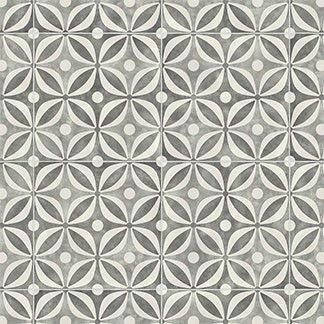
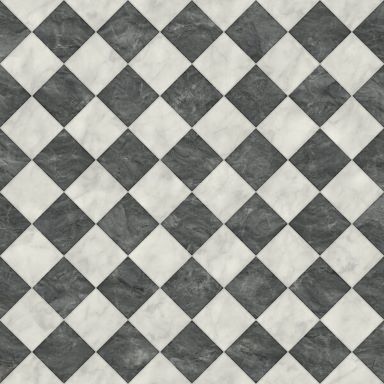

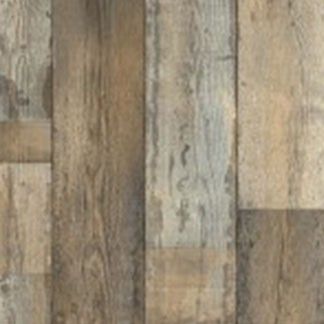











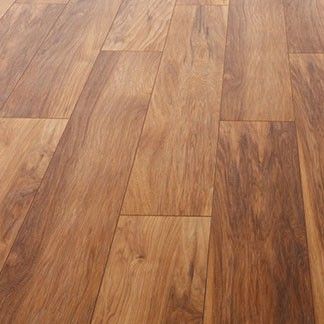
















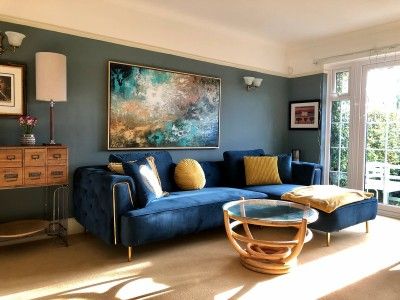

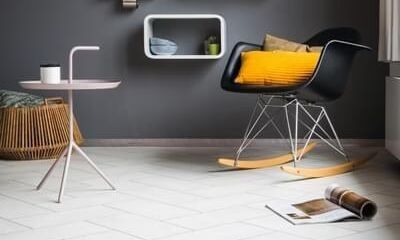
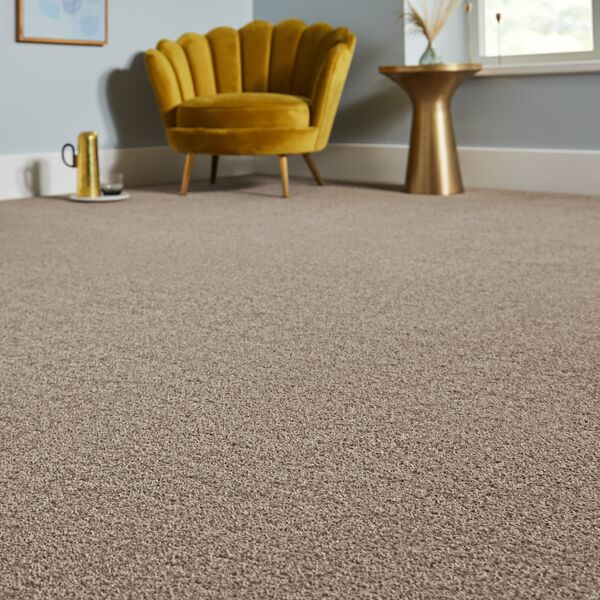
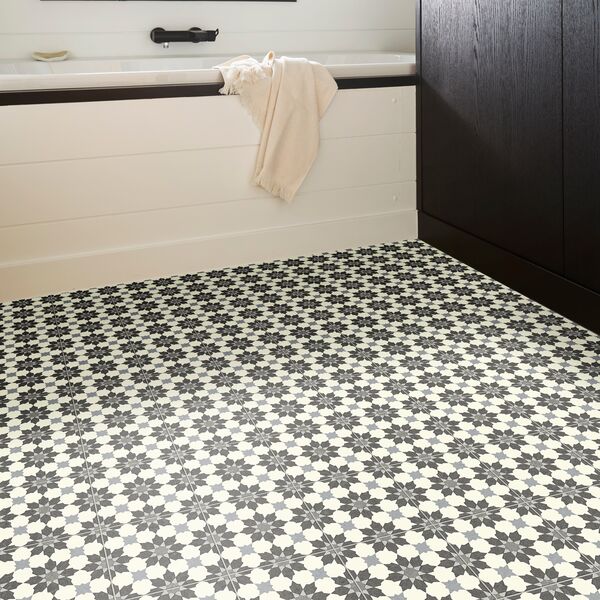





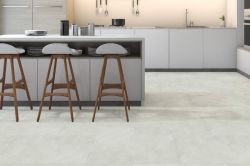



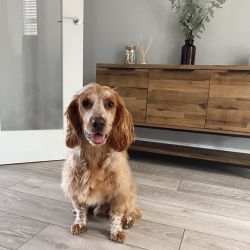



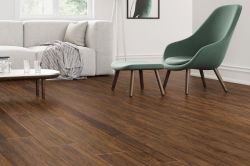

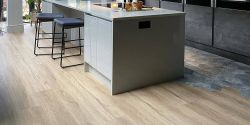

-250.jpg)



-250.jpg)
 copy-250.jpg)



 - Article Image (not header)-250.jpg)
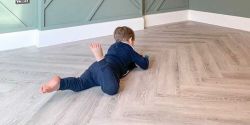

-250.jpg)




